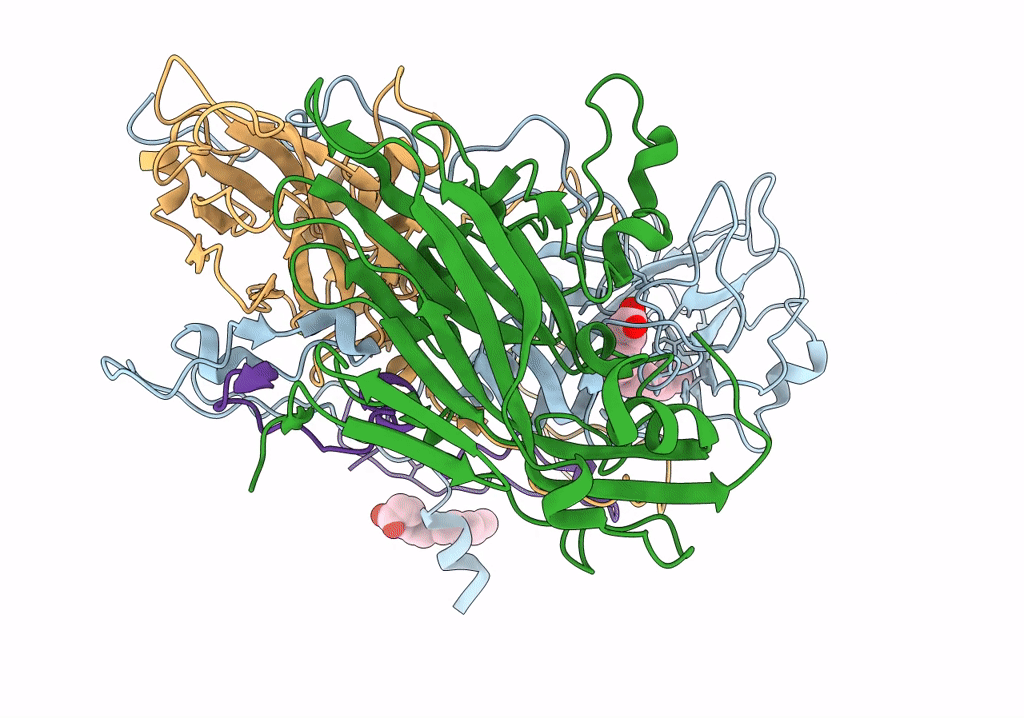
Deposition Date
2022-01-25
Release Date
2022-09-07
Last Version Date
2024-07-17
Method Details:
Experimental Method:
Resolution:
2.68 Å
Aggregation State:
PARTICLE
Reconstruction Method:
SINGLE PARTICLE


